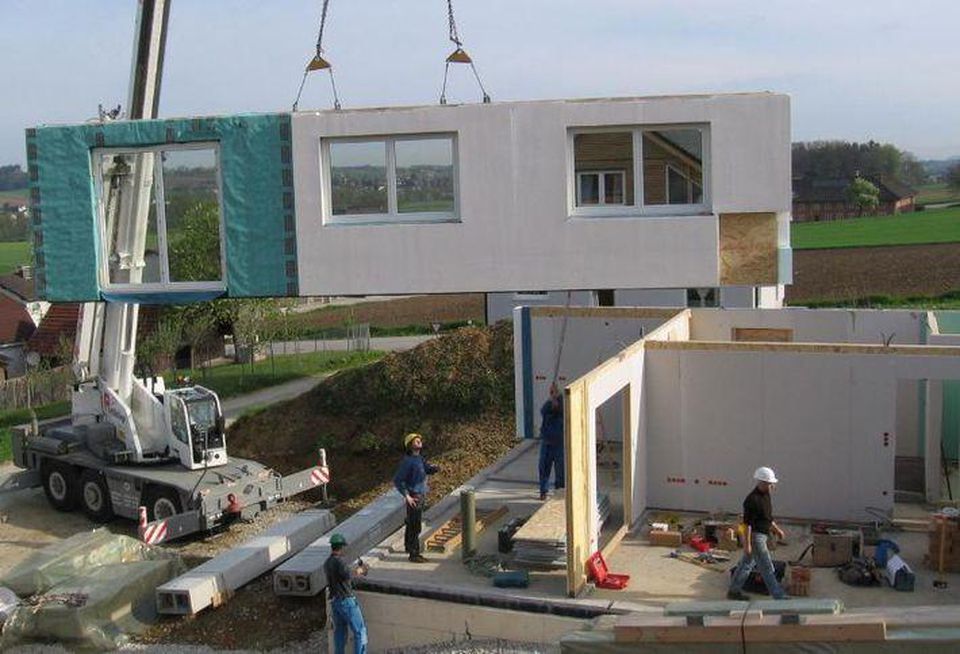Developers, general contractors and subcontractors swap stories that sound too good to be true about prefabricated construction: a student housing project that cut its delivery time by a third or a hospital that installed hundreds of bathrooms in three days with only five laborers. Though the practice of off-site construction dates back thousands of years, the last real estate cycle has pushed prefabricated construction to prominence.
“We think the recession actually benefited our industry,” Modular Building Institute Executive Director Tom Hardiman said. During the last recession, many skilled laborers left the construction industry and did not return, Hardiman said. That, coupled with developers needing to find greater efficiency, made prefabricated buildings more appealing.
“The construction industry is very reluctant to change. When things were going well, developers and general contractors may not have felt the pain or need to change,” Hardiman said. “Now they do, and there’s no turning back.”
Off-site construction, also called prefabricated or modular construction, allows various building elements — anything from bathrooms to pre-wired light fixtures to exterior walls — to be built in a factory and transported to a construction site.
“We’ve found it helpful to think about modular as a construction process rather than a specific type of building,” Hardiman said. “It describes how the building was constructed, not what the building is.”


Hi, this is a comment.
To get started with moderating, editing, and deleting comments, please visit the Comments screen in the dashboard.
Commenter avatars come from Gravatar.